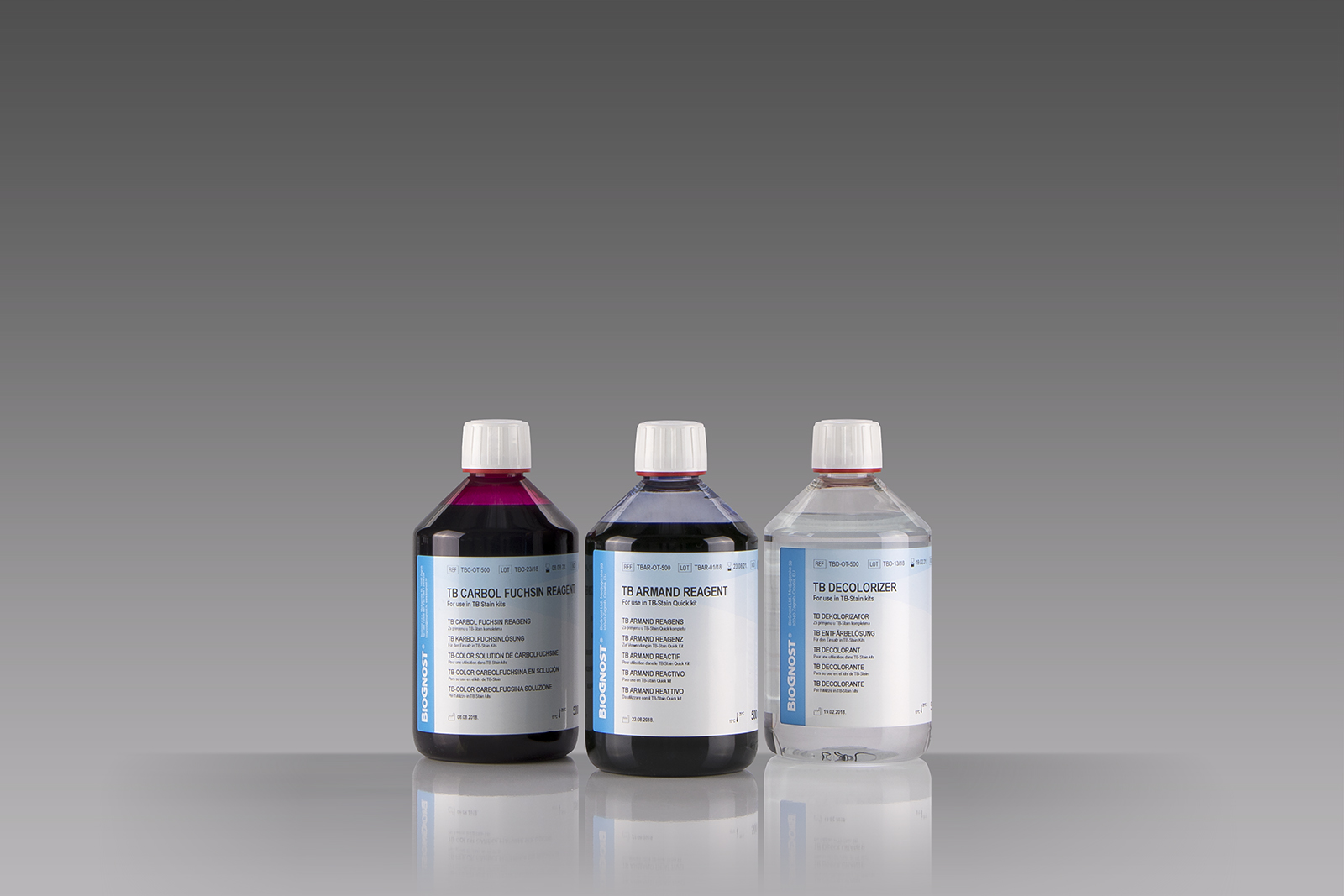Introduction
Many bacterial cells are easily stained by using simple dyes or Gram stain. However, a few strains of bacteria, such as Mycobacteria and Nocardia cannot be stained using simple dyes (the results may vary significantly if successfully stained). Cellular wall of the Mycobacteria strain contains waxy substance – mycolic acid. Those are beta-hydroxy carboxylic acids with chains containing up to 90 carbon atoms. Its resistance to acidity is associated with mycolic acid chain length. In order to stain such strains, a higher concentration of dye or a longer period of heating is required. However, once stained, the dye is even more difficult to remove from the cells. Those bacteria are called acid resistant because they maintain their primary color even after decolorization using acid alcohol (Carbol Fuchsin). Early laboratory diagnosis of tuberculosis is based on the interpretation of stained smears, and one of the best diagnostic methods is analyzing sputum sample under microscope. Method according to Kinyoun-Gabbett is an alternative to Ziehl-Neelsen method of detecting tuberculosis bacteria. The Kinyoun-Gabbett method does not require heating the glass slide containing the sample. This method uses Carbol Fuchsin as main dye, and Armand reagent as counterstain. BioGnost’s TB-Stain Quick kit contains TB Carbol Fuchsin reagent, TB Decolorizer, and TB Armand reagent.


